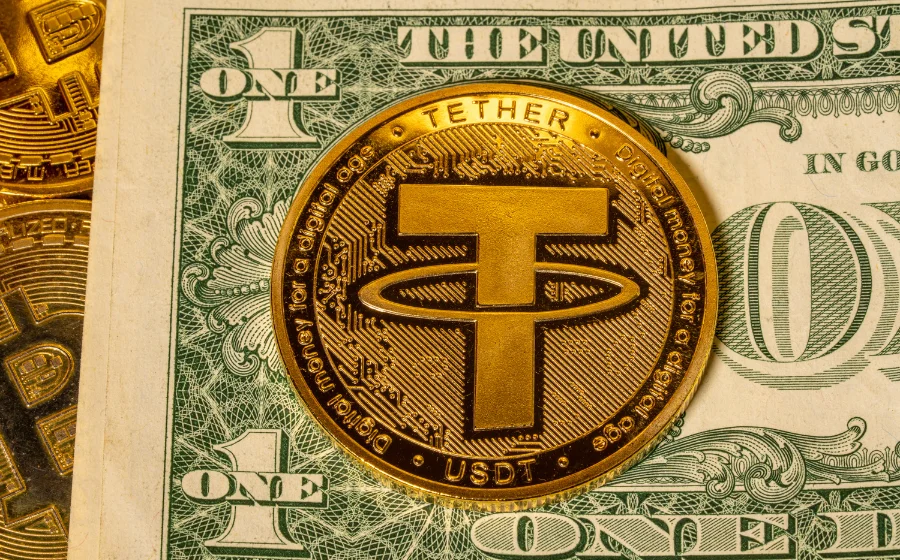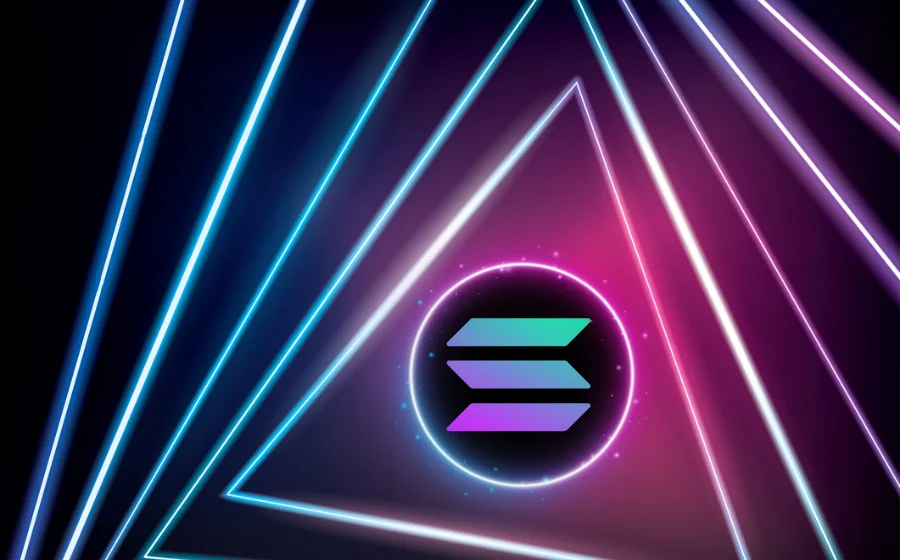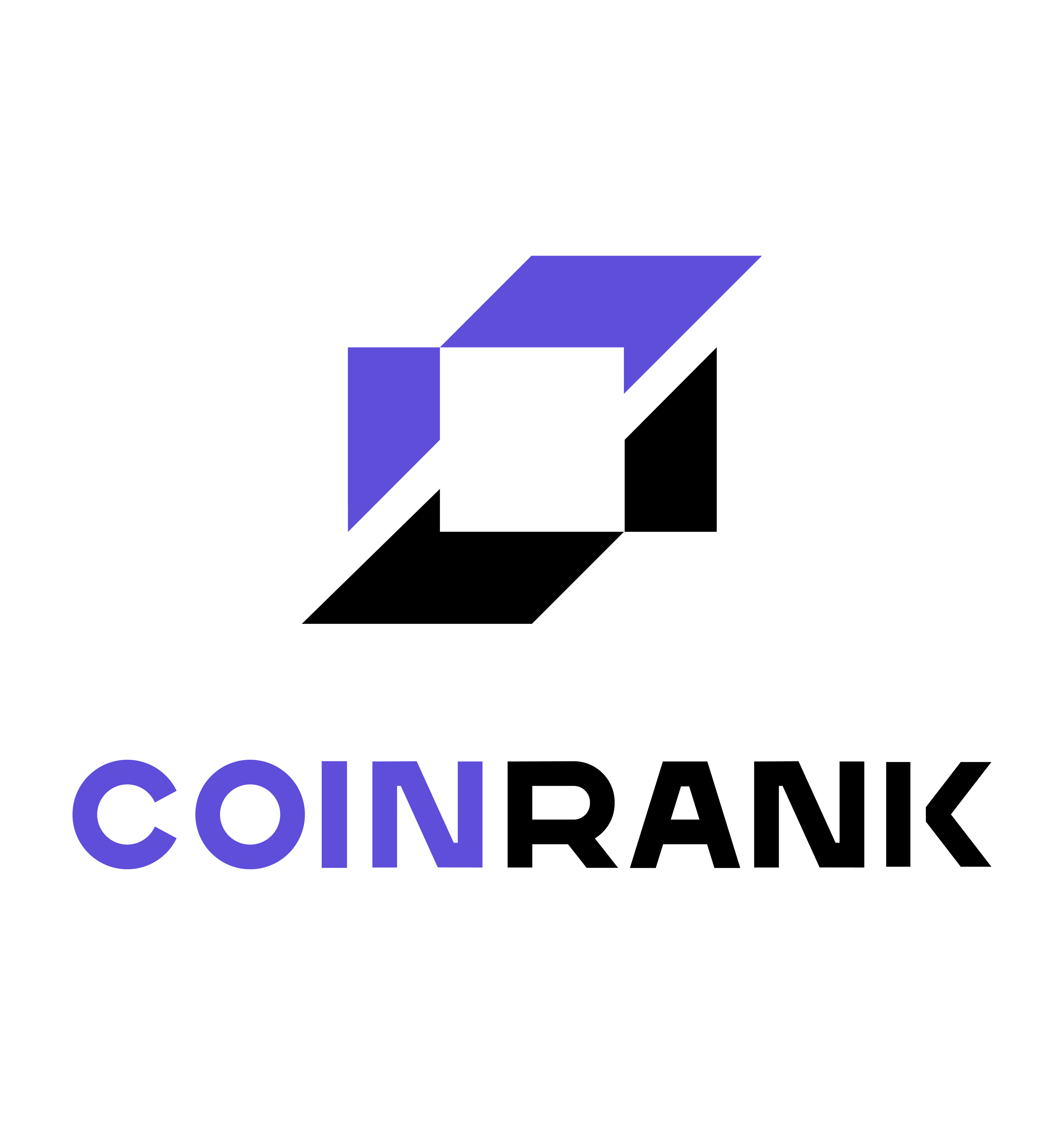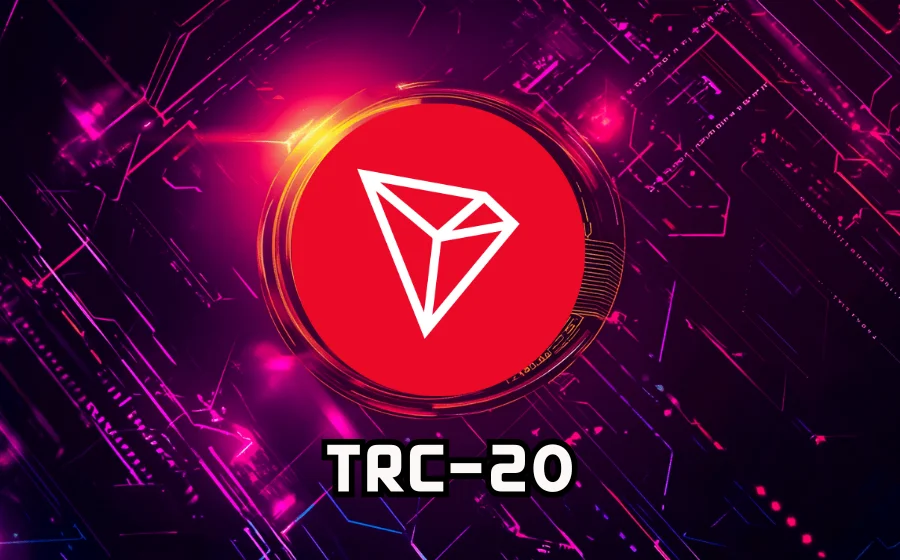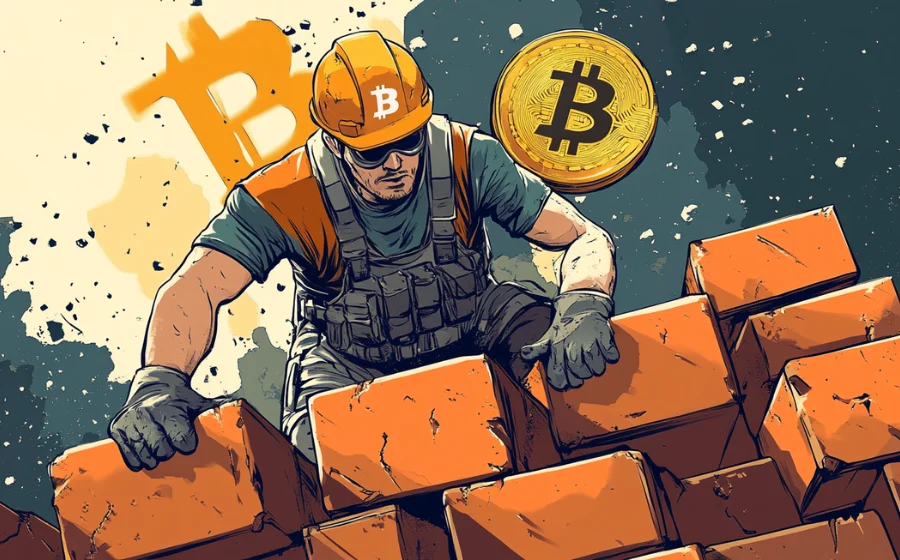
KEYTAKEAWAYS
- SocialFi merges blockchain with social media, offering unique features like NFTs, decentralized governance, and Write-to-Earn models.
- Challenges include regulatory uncertainty and user experience gaps, but innovation and better adoption strategies can bridge the gap with Web2 platforms.
- SocialFi's future depends on differentiation, such as tailored services for crypto communities and advanced Dapp integration, to attract users and create lasting impact.

CONTENT
SocialFi combines social media and decentralized finance, enabling users to monetize influence through blockchain features like NFTs, DeFi, and DAOs. Learn how SocialFi reshapes social media.
WHAT IS SOCIALFI?
SocialFi combines Social (social interaction) and Finance (financial systems), creating a concept of “socialized finance.”
At its core, it integrates social platforms with decentralized finance (DeFi), allowing users to engage with others on social networks and earn financial rewards.
In simple terms, SocialFi platforms enable users to monetize their social influence, generating income similar to how influencers in the real world earn through metrics like reach, views, and followers.
➤ Why Did SocialFi Emerge?
While traditional social media platforms have become part of everyday life, they are not without flaws. Key issues include:
1. Inconsistent Content Moderation
Platforms often arbitrarily remove harmless content while allowing posts promoting discrimination or hate to remain.
2. Flawed Algorithms
Users may struggle to see content from accounts they follow, instead being bombarded with ads and sponsored posts.
3. Unfair Revenue Sharing
Creators generate quality content and drive traffic for platforms but don’t receive fair compensation. For example, on Facebook or Twitter, even if a post gets massive engagement, creators don’t earn directly from the platform and must rely on external sponsorships.
4. Data Security Concerns
Frequent data breaches expose users’ private information, raising significant privacy concerns.
These frustrations fueled the rise of SocialFi as a blockchain-based solution. By leveraging decentralized mechanisms, SocialFi addresses these issues:
- Community-driven content moderation replaces centralized decision-making.
- Users view only the content they choose to follow, free from intrusive advertisements.
- Creators can monetize their influence through features like tipping, sponsorships, and content mining, with minimal platform fees.
- Blockchain’s security and anonymity reduce the risks of data leaks, offering stronger user protection.
➤ The Potential of SocialFi
The idea behind SocialFi is not new. Back in 2017, projects like GSC, QunQun, and YeeCall attempted to merge social and financial elements.
However, limited technology and ecosystem constraints made these projects less competitive compared to other blockchain innovations.
Fast forward to November 2024, when Bitcoin surged past $100,000, reigniting global interest in cryptocurrencies. This renewed focus positioned SocialFi for significant growth and visibility.
In the future, SocialFi could seamlessly integrate with traditional social media platforms, enabling users to profit directly from their influence.
For example, Elon Musk has demonstrated the potential of social influence by driving up the value of Dogecoin (DOGE) and Shiba Inu (SHIB) through his Twitter activity, creating immense profit opportunities.
While his approach differs from SocialFi, it highlights the synergy between social networks and crypto.
SocialFi has the potential to revolutionize how users and creators interact with social platforms, breaking away from traditional limitations and delivering unprecedented value to its participants.
>>> More to read: How to Get Crypto Passive Income Easily?
SOCIALFI FEATURES AND APPLICATIONS
SocialFi is built on blockchain technology, offering features and applications that set it apart from traditional social media platforms.
These include innovations like NFTs, DeFi, DAO governance, and content mining models.
1. NFTs
On SocialFi platforms, user-generated content—such as text, images, videos, and music—is stored on the blockchain in the form of NFTs (Non-Fungible Tokens).
This allows creators to retain full ownership of their work.
-
Portability and Monetization:
Creators can publish their NFTs across multiple platforms or sell them on NFT marketplaces, turning their digital assets into a revenue stream.
ꚰ Learn more: What is NFT and How Does It Work?
2. DeFi (Decentralized Finance)
Unlike traditional social media platforms managed by large corporations, SocialFi platforms operate on decentralized protocols.
Users holding platform tokens gain governance rights, enabling them to propose and vote on decisions about the platform’s future.
-
Value Creation and Positive Feedback Loop:
As the community grows and improves, the platform’s native tokens increase in value. This incentivizes creators to contribute more, attracts additional users, and generates more value for the ecosystem.
-
Challenges of Decentralization:
However, the decentralized nature of SocialFi platforms can make it difficult to report issues or reach out to a central authority.
Additionally, there is no official list of SocialFi platforms, requiring users to explore and discover communities independently, much like Telegram groups today.
(Though, over time, individuals or organizations may compile platform directories to generate traffic.)
ꚰ Learn more: What is DeFi?
3. DAO Governance
Most SocialFi communities utilize DAOs (Decentralized Autonomous Organizations) for management. This ensures transparency and decentralized decision-making.
-
What is a DAO?
A DAO is a governance structure where users holding the community’s tokens can participate in proposals and voting. This allows token holders to influence the platform’s policies and direction, maintaining the community’s quality and guiding its development.
ꚰ Learn more: What is DAO in Blockchain?
4. Write-to-Earn
The Write-to-Earn model, introduced by platforms like Monaco Planet, uses a content-mining mechanism where users stake social tokens to increase their social influence.
Metrics such as followers, likes, and comments contribute to earning additional rewards.
-
Staking for Greater Rewards:
Platforms offer different staking periods, where longer staking durations increase staking weights. Earnings are distributed weekly based on a combination of staked token weights and social influence metrics.
-
Potential Pitfalls:
While this model enables users to monetize their influence, it raises concerns about fairness.
Influencers with large followings may monopolize the platform’s rewards, and malicious actors using bots could manipulate the system, disrupting equitable distribution and alienating regular users.
SocialFi’s innovative features like NFT ownership, DeFi-based governance, DAO management, and novel earning models are transforming the social media landscape.
While challenges like fairness and decentralization remain, the potential for empowerment and financial independence makes it a promising evolution in the social and financial spaces.
>>> More to read: What is DeSci & How Does It Work?

SOCIALFI CHALLENGES AND RISKS
SocialFi is a groundbreaking innovation, but its adoption faces several challenges compared to Web2 platforms.
1. Regulatory Uncertainty
Inconsistent and unclear blockchain regulations pose risks like operational disruptions and limited global expansion.
2. Security Concerns
Despite blockchain’s security, risks like smart contract exploits and cyberattacks remain. Regular audits and stronger protocols are essential.
3. Complex User Experience
SocialFi platforms are less user-friendly than Web2, with steep learning curves for wallets and transactions. Simplified interfaces are needed for mass adoption.
4. Overreliance on Hype
Many users see SocialFi as a quick profit tool, leading to low retention and speculative behavior. Platforms must foster genuine community engagement for sustainable growth.
By addressing these issues, SocialFi can compete with Web2 platforms and unlock its full potential.
>>> More to read: What is PayFi? The Core of Crypto Payments
SOCIALFI FUTURE & CONCLUSION
The current SocialFi landscape is diverse, with numerous protocols available. However, many projects lack genuine innovation, with some even engaging in exploitative practices.
Most stable platforms have merely replicated traditional social media features on the blockchain, without introducing disruptive advancements.
➤ Learning from Traditional Social Media
Successful social platforms like Facebook and Twitter carved their paths by offering unique value:
- Instagram focused on photo sharing (later acquired by Facebook).
- Snapchat introduced disappearing messages.
- TikTok revolutionized short-form video content.
For SocialFi to thrive, it must establish its own distinctive features. For example:
- Catering to crypto enthusiasts with niche services tailored to the blockchain community.
- Integrating advanced Dapp functionality to deliver superior experiences and attract users from traditional platforms.
And blockchain’s inherent anonymity presents a challenge for social connections.
Unlike Web2 platforms where users can easily find friends, SocialFi users might struggle to connect without sharing IDs offline.
This could lead to a shift in platform dynamics, making SocialFi resemble online forums where users interact around shared interests rather than personal relationships.
The key to SocialFi’s future lies in innovation and differentiation.
By offering unique features that appeal to specific audiences, SocialFi can redefine social interactions in the decentralized world and carve its own niche beyond simply replicating traditional media models.



